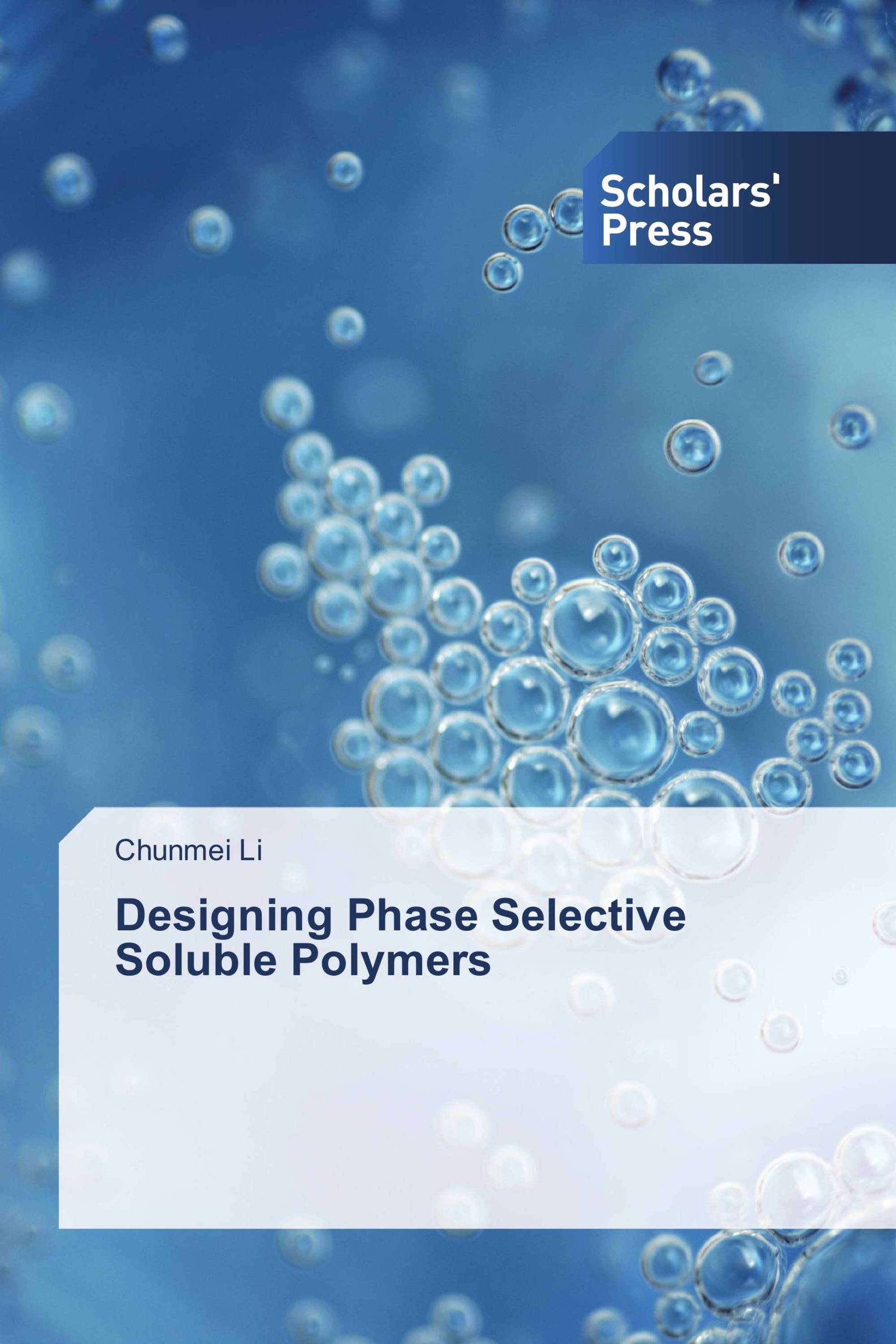Soluble polymers are used as supports for both organometallic catalysts and organic catalysts. These catalysts can be recovered and reused using different methods, including solid/liquid separations commonly used for this purpose, and new liquid/liquid separation methods. Linear polystyrene, PEG and PNIPAM can all be separated using solvent precipitation. Catalysts or reagents attached to these polymers can thus be easily separated from the rest of the material. In thermomorphic systems, Catalytic reactions can be run homogeneously while separations can be achieved using heterogeneous liquid/liquid separation. The extent of the phase selective solubility of poly(N-alkylacrylamide)s was studied using poly(N-isopropylacrylamide) and poly(N-octadecylacrylamide) as representative polar and nonpolar poly(N-alkylacrylamide)s. Latent biphasic approach is an alternative to more standard biphasic chemistry using soluble and insoluble polymers since polymers can be designed to have large distribution coefficients and phase selective solubility. The LCST behaviors of some substituted poly(acrylamide)s were studied using a high throughput temperature gradient device.
Book Details: |
|
|
ISBN-13: |
978-3-639-51425-4 |
|
ISBN-10: |
3639514254 |
|
EAN: |
9783639514254 |
|
Book language: |
English |
|
By (author) : |
Chunmei Li |
|
Number of pages: |
188 |
|
Published on: |
2013-06-05 |
|
Category: |
Chemistry |

